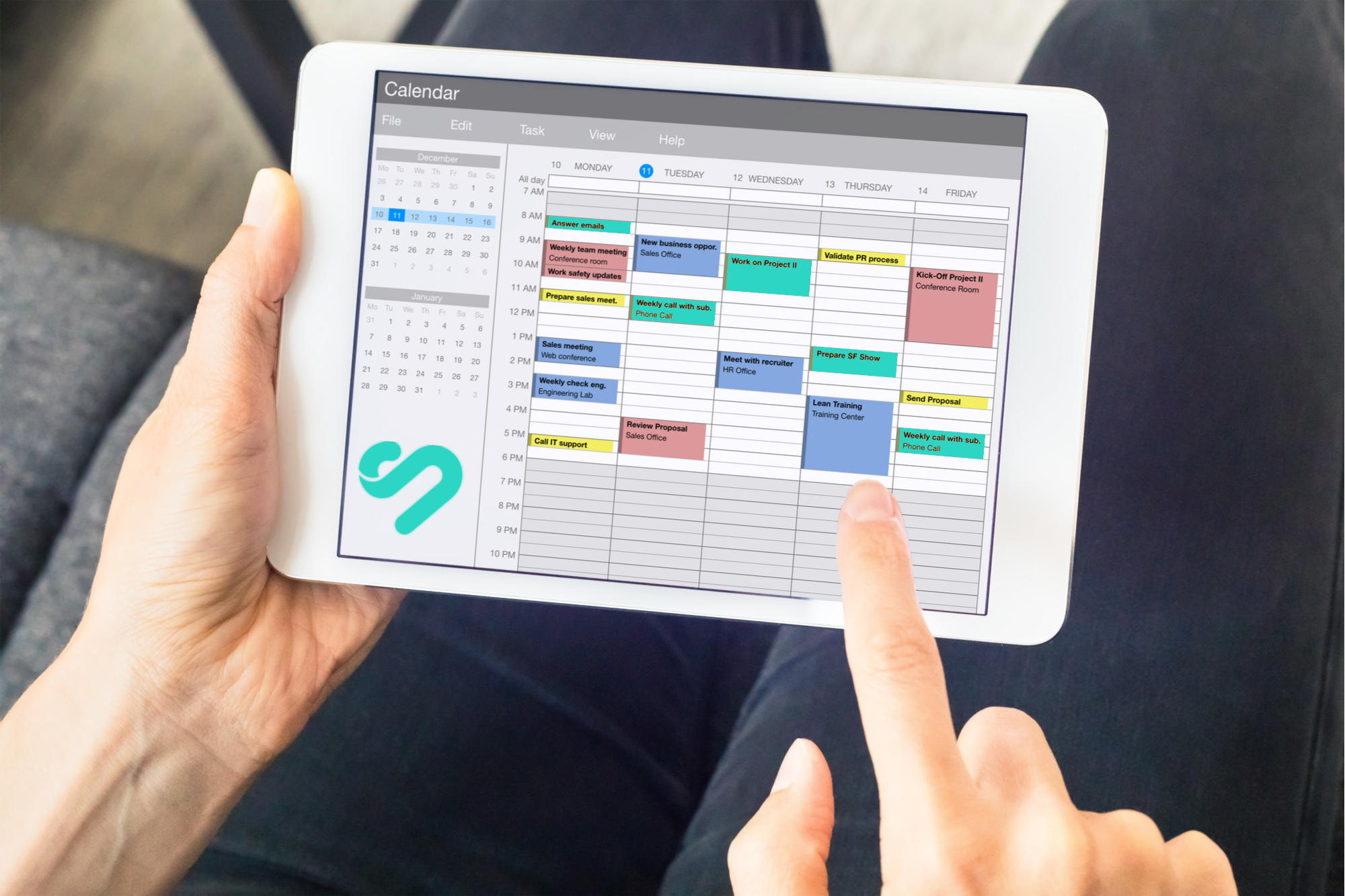Time Blocking vs. To‑Do Lists: What Actually Boosts Productivity?
When it comes to getting things done, two popular methods are competing: traditional to‑do lists and structured time blocking. Yet, one often leaves us overwhelmed, while the other aims to optimize focus and efficiency. Meanwhile, understanding how each method works can help you choose the best fit for your workflow.
Why To‑Do Lists Don’t Always Work
Firstly, writing down tasks feels productive—but often leads to anxiety.
In fact, people tend to abandon long lists, racing through quick wins and leaving complex items undone.
Also, to‑do lists fail to allocate time, turning ideal plans into vague intentions.
Consequently, half-completed tasks nag at your brain without getting done.
What Makes Time Blocking Different
Secondly, time blocking assigns each task to a specific slot on your calendar.
Unlike lists, it prevents overbooking and forces realistic planning .
Also, it encourages “deep work” by minimizing context-switching and giving you structure .
Therefore, you work smarter—and see exactly where time goes.
Benefits of Time Blocking
Moreover, time blocking has measurable advantages:
Better focus: One task at a time boosts attention by up to 40%.
Reduced procrastination: Scheduled sessions cut decision overload.
More task completion: Making tasks “non‐negotiable” blocks brings higher follow‐through .
Improved work-life balance: By scheduling self-care, mental health improves, and burnout drops.
Real-World Evidence
For example, Georgetown’s Cal Newport and Reclaim’s founder both agree that time blocking significantly outperforms traditional lists .
Furthermore, professionals report 30–50% increases in productivity and fewer interruptions when using blocks .
Also, block scheduling is praised in the media for enhancing creativity and focus in work and personal tasks .
Limitations & When Lists Rule
However, to‑do lists still serve a role.
For starters, they’re quick, simple, and ideal for grocery runs or small errands.
Also, they are flexible when spontaneous tasks emerge.
Yet, they often fail when tasks are numerous, complex, or time-sensitive .
The Hybrid Approach: Best of Both Worlds
Meanwhile, combining both methods solves major flaws.
Here’s how:
Use a to‑do list for capturing all tasks quickly.
Then schedule high-priority tasks onto your calendar.
Batch similar tasks like email or calls into focused time blocks.
Leave buffer blocks to handle interruptions or overruns.
Reflect weekly—adjust blocks based on real task durations.
Tips to Make It Stick
Be realistic—schedule half the day as “dead time.”
Use themed days: e.g., Mondays for planning, Fridays for admin.
Color‑code your calendar: deep work, email, personal, rest.
Block personal time—exercise, meals, family—to avoid burnout.
Review daily—adjust upcoming blocks based on what worked.
When Time Blocking May Not Fit
Still, not everyone thrives with structure.
For example, ADHD individuals may find rigid blocks anxiety-provoking and benefit more from flexible start-stop routines .
Also, overly complex scheduling can drain energy if missed blocks pile up .
Final Showdown
To‑do Lists = quick capture + simplicity. Great for small tasks.
Time blocking = focus, control, and deep work. Ideal for larger projects.
Combined = balance between flexibility and structure.
Therefore, choose what fits your style. Likewise, start small—block just one task per day. Then, scale up. Ultimately, the best system is the one you use consistently.
Final Thoughts
Time blocking and to‑do lists aren’t enemies—they’re teammates.
By using lists for ideas and blocks for execution, you manage both flexibility and discipline.
So, test both. Moreover, iterate based on what helps you feel accomplished, focused, and balanced.
Because, productivity isn’t about doing more—it’s about doing what matters—well.

